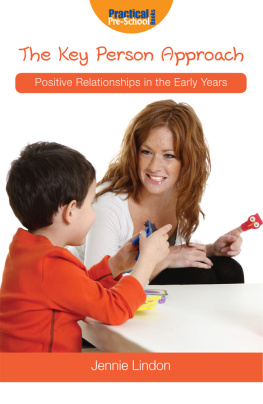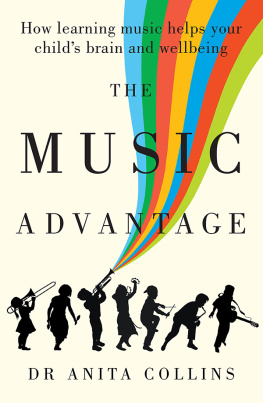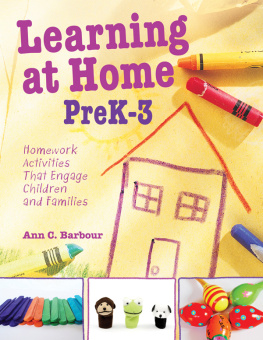Title Page
CHILD-INITIATED LEARNING
Positive Relationships in the Early Years
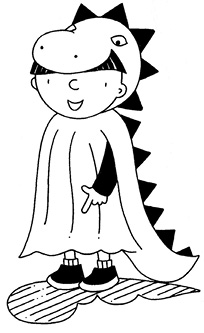
Publisher Information
Published by Practical Pre-School Books,
A Division of MA Education Ltd,
St Judes Church, Dulwich Road, Herne Hill, London,
SE24 0PB.
Tel: 020 7738 5454
www.practicalpreschoolbooks.com
2012 digital edition by
Andrews UK Limited
www.andrewsuk.com
MA Education Ltd 2010 Illustrations by Cathy Hughes. Front cover image iStockphoto.com/Andrey Shchekalev
All rights reserved. No part of this publication may be reproduced, stored in a retrieval system, or transmitted by any means, electronic, mechanical, photocopied or otherwise, without the prior permission of the publisher.
Putting childrens interests at the centre
Young children each have only one go at their early childhood.
- They should emerge with a store of treasured memories, secure that they really matter to a small number of adults, with whom they have spent their time.
- Those adults are responsible for cherishing young children, ensuring that they feel liked for who they are and competent within their own world.
- Children need an early childhood in which they have plenty of time to explore alongside adults who respect young childrens interests and how they learn.
Best practice over the long history of early years provision has been that days for young children should be full of opportunities for children to learn within a nurturing environment, through their self-chosen play and with generous time outdoors. The role of supporting adults is to protect that time, provide suitable resources and be a friendly play and conversational partner, whilst taking good care of the physical and emotional needs of babies and young children. Genuinely helpful early years practitioners and parents too need to have realistic expectations based on a close relationship with this individual baby or child, as well as a sound basis of child development knowledge in general.
In their different ways the early years frameworks which apply to each part of the UK support this perspective on early childhood. However, the Early Years Foundation Stage (EYFS) in England is the only birth to five framework within the UK. Wales and Northern Ireland start with three-year-olds and Scotland has an under threes framework separate from the 3-17 Curriculum for Excellence. The ideas that follow in this book are relevant to early years provision across the UK, but the cross-referencing is mainly to the EYFS.
What does child-initiated mean?
The EYFS has created a strong focus on the importance of child-initiated learning through childrens active choice about what to do within any set day. The role of early years practitioners is that of supporting young children to learn at their own pace and in ways that make sense to them. The EYFS Statutory Framework, in the Organisation section of the Welfare Requirements requires that:
- Providers must ensure that there is a balance of adult-led and freely-chosen or child-initiated activities, delivered through indoor and outdoor play. (2008: 37)
The Welsh Foundation Phase framework (2008) has a similar phrase applied to each area of learning: that children should be given opportunities to learn through a range of planned activities, including those that are child initiated (no hyphen in original). So what does the phrase child-initiated actually mean? In the Shorter Oxford English dictionary, the word initiate is defined as to begin, commence, enter upon, to introduce, set going, originate. So, child-initiated activities and experiences are those which babies or children have indicated they want to do and in this way. The children are the originators; they set this current activity going.
The words freely chosen in the EYFS quotation are very important, and sometimes the phrase used is self-chosen. Through their personal choice, young children including babies and young toddlers - are busy directing their own learning. They can do something interesting to or exciting for them and then repeat immediately. They can practise those skills they are motivated to improve. They explore through actions and their powers of communication, using what they want to show or ask you. The phrase child-initiated learning can only make sense when children have plenty of scope to decide what deserves their time and full attention on any given day.
The first edition of the EYFS (in 2007) did not explain what was meant by the terms child-initiated or adult-led. This was a regrettable oversight, given that a serious problem had been created in recent years because a primary school definition of child-initiated had infiltrated early years practice. This primary-based approach promoted the view that activities could be judged as child-initiated, when an adult had pre-determined most of the details of the experience before young children ever got their hands and eyes on any resources. Within the more structured primary school day these timetabled sections of the day might also be called independent learning times. More accurately, they are times when children are able to remain focussed on a selected array of resources without the presence of a guiding adult. This working definition of child-initiated continues to appear in some practical materials written for early years practitioners.
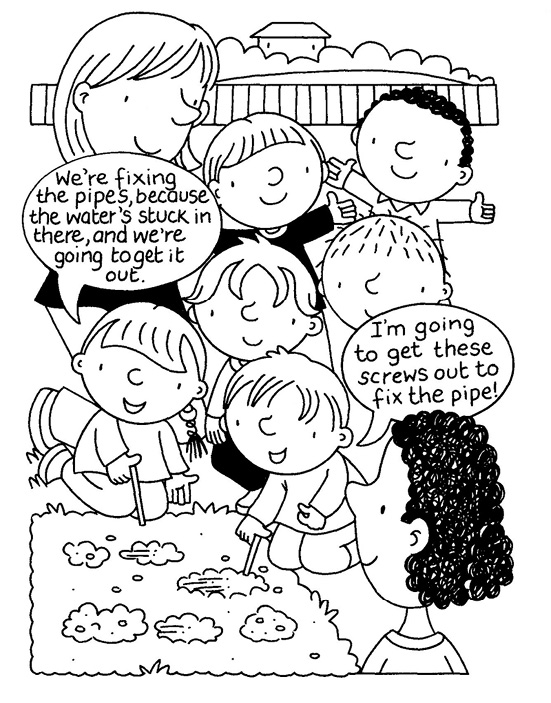
This misguided perspective for early childhood - was supported over the same period by the imposition of an outcomes-led lesson plan approach. This view depended on the bizarre idea that it was actually possible to design and run activities for young children that would assuredly deliver specific learning outcomes. Such a developmentally unsound notion creaked around the edges when applied to the eldest children within the early childhood age range. It progressively cracked when applied to three- or four-year-olds and shattered when practitioners tried to apply inflexible, pre-planned activities to toddlers and babies.
Fortunately, the second edition of the EYFS (in 2008) added a new section to the Practice Guidance booklet on page 7. It is made very clear that child-initiated activities are self-chosen from a well-resourced learning environment, for instance that a child decides to play with the fire engine and determines how that play unfolds in detail. A further example given is that a child brings an item into their early years setting, or talks about an experience from family life. Early years practitioners then support this expressed interest with relevant resources. It is also made clear that children may initiate their own choices by taking ownership of an adult-initiated activity. The example given is of a child choosing to pour water into a hole to create a puddle, rather than water the plants as the adult had envisaged.
Best early years practice is full of young children busy following their own enterprises, fully supported by equally interested adults. This book is resourced by examples I gained easily from my visits to the settings thanked on page 38. Those visits were usually one day only; the longest was two days. Here is the first example to begin the process of sharing what child-initiated learning looks like for real children in actual provision. Please look for echoes of your own good practice in this description.
For example: the drummers who became plumbers
An absorbing child-initiated experience stretched over close to 40 minutes in the afternoon of my visit to Kennet Day Nursery. It started when three boys selected large kitchen implements which were in the large tray for scooping pasta. The children started to use them for drumming and tapping on the outdoor equipment. This choice meant that there were no more implements in the pasta, so one practitioner suggested, Shall we go and find some sticks inside. Im sure we have some. The children came back with handfuls of sticks some wooden chopsticks and some long paintbrushes, which they held by the brush end.
Next page

